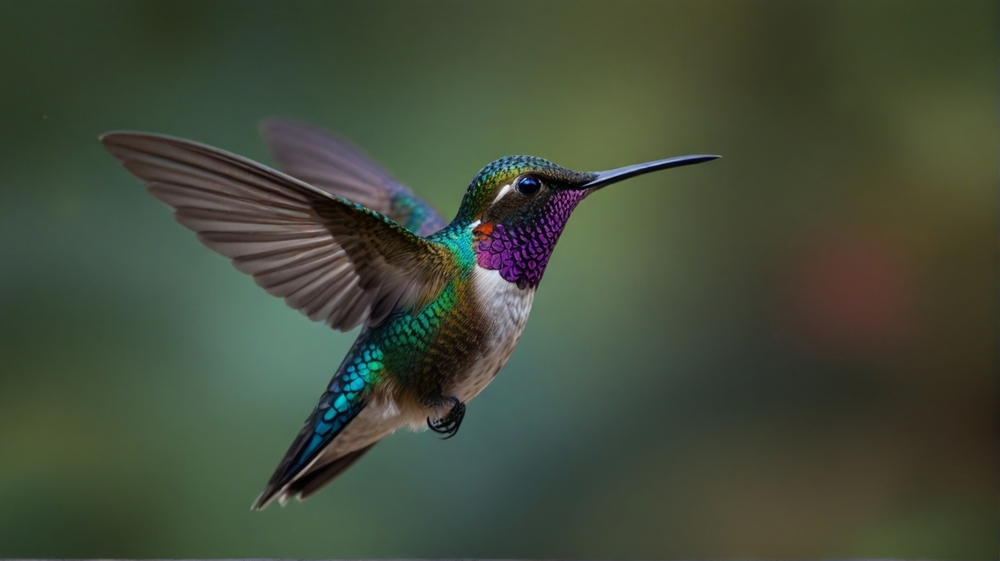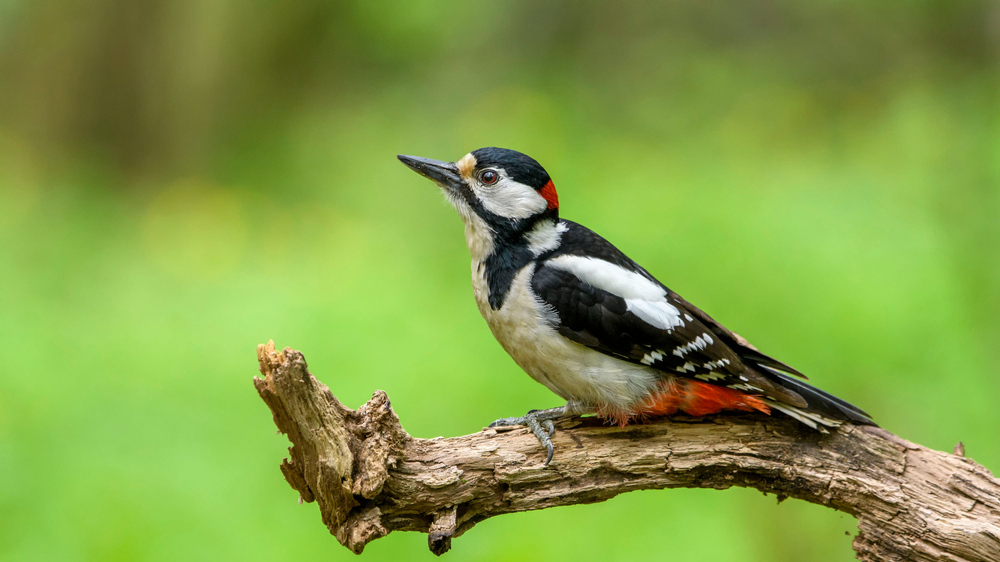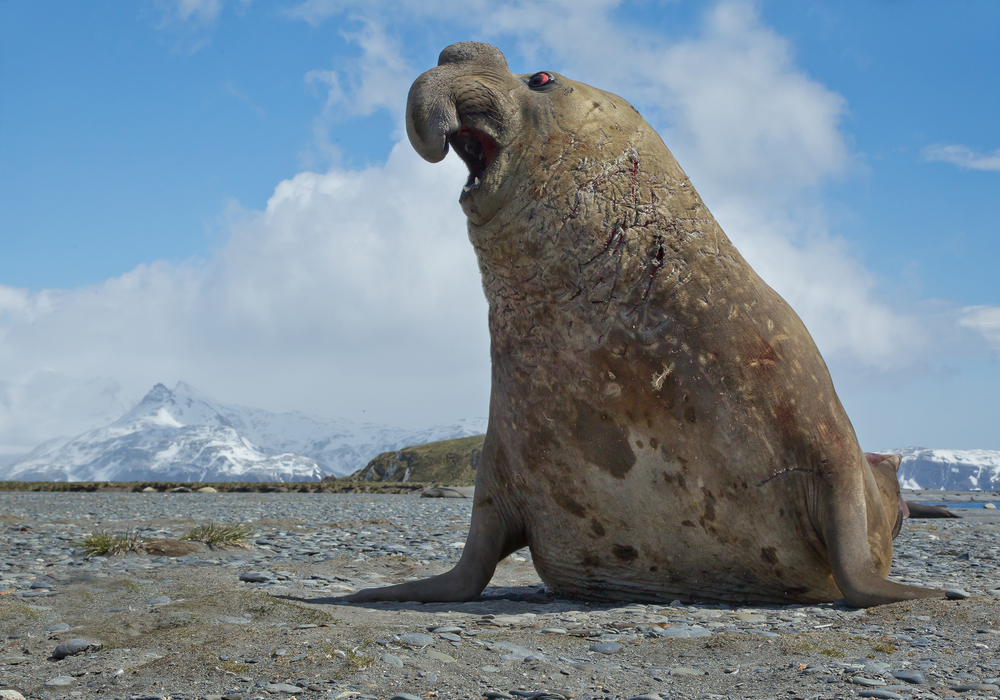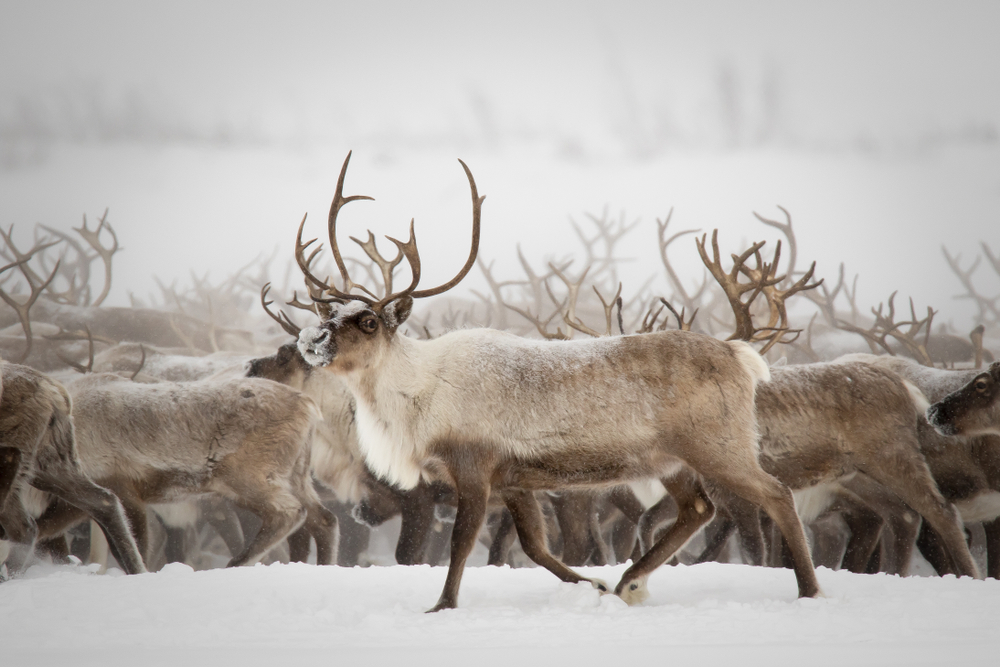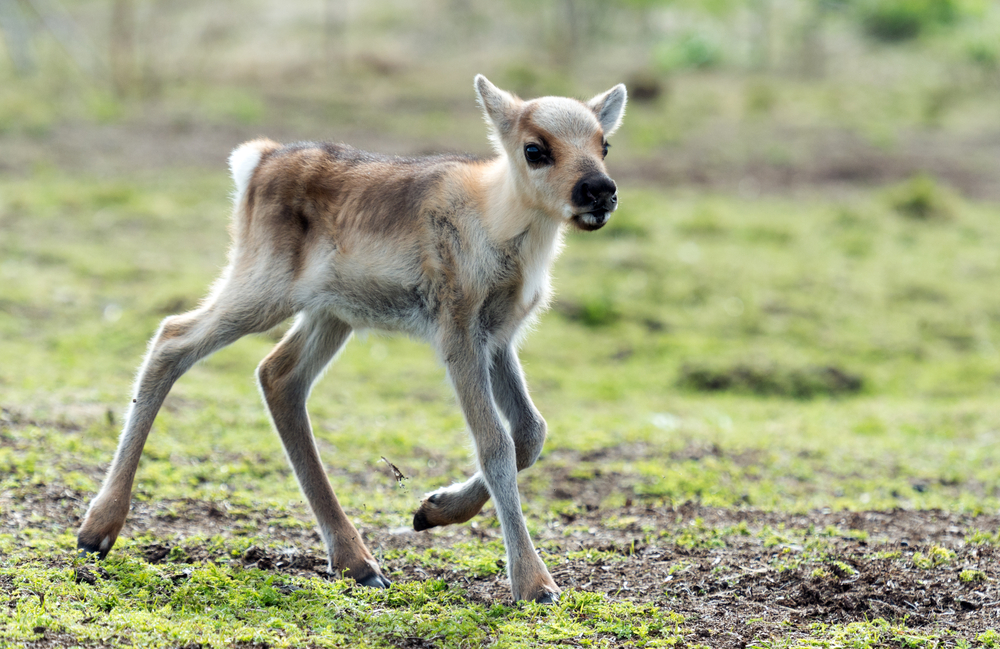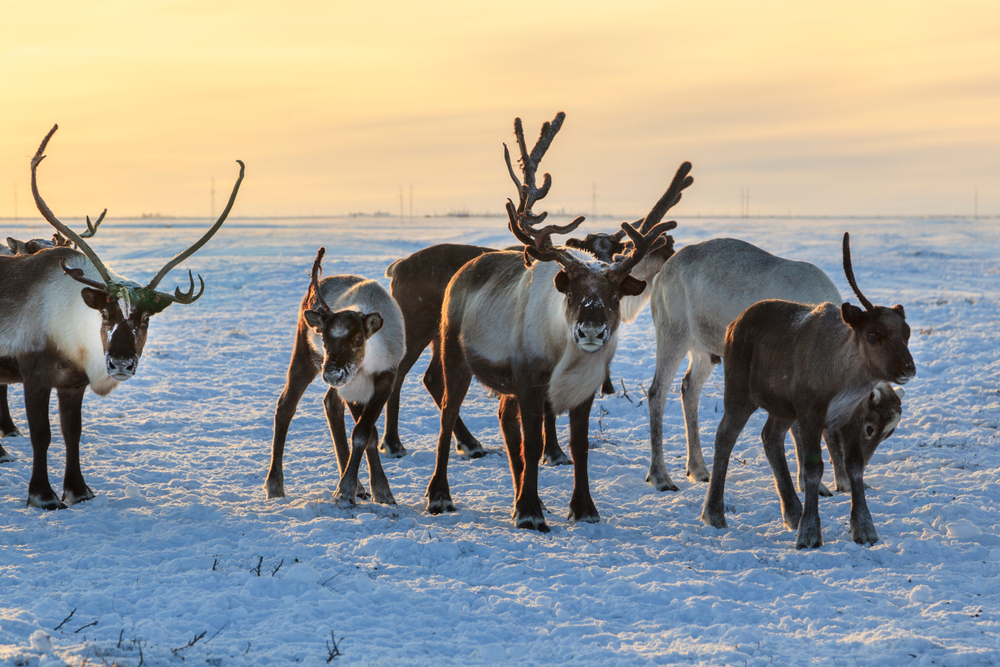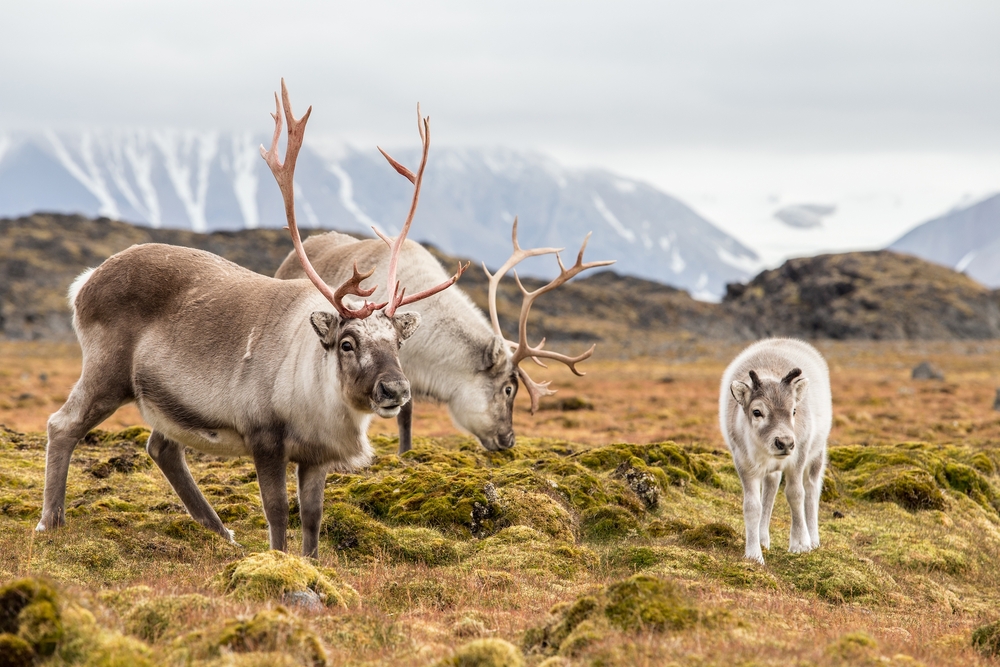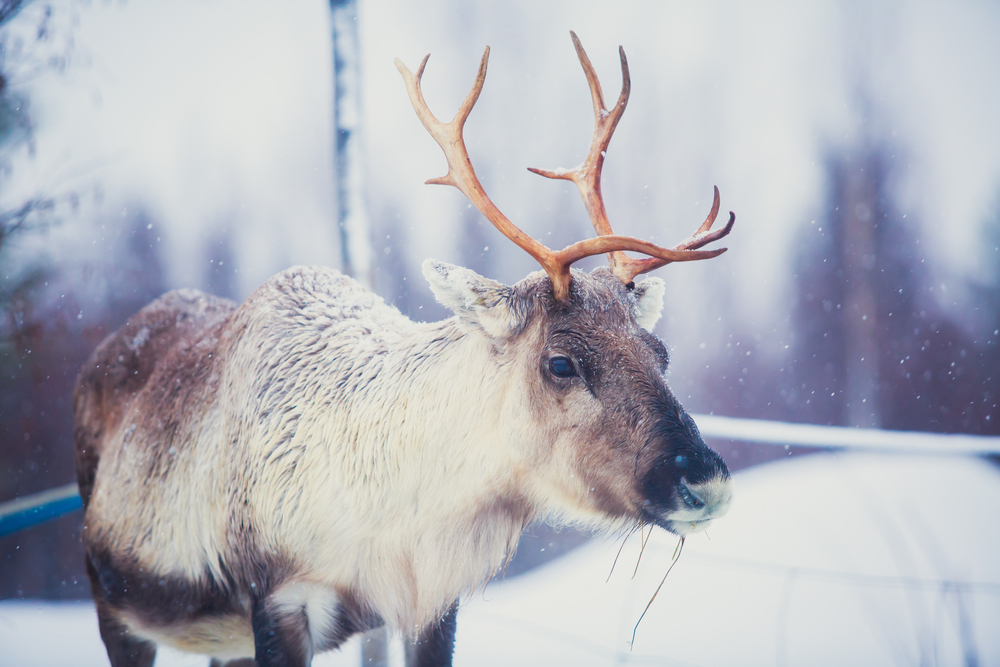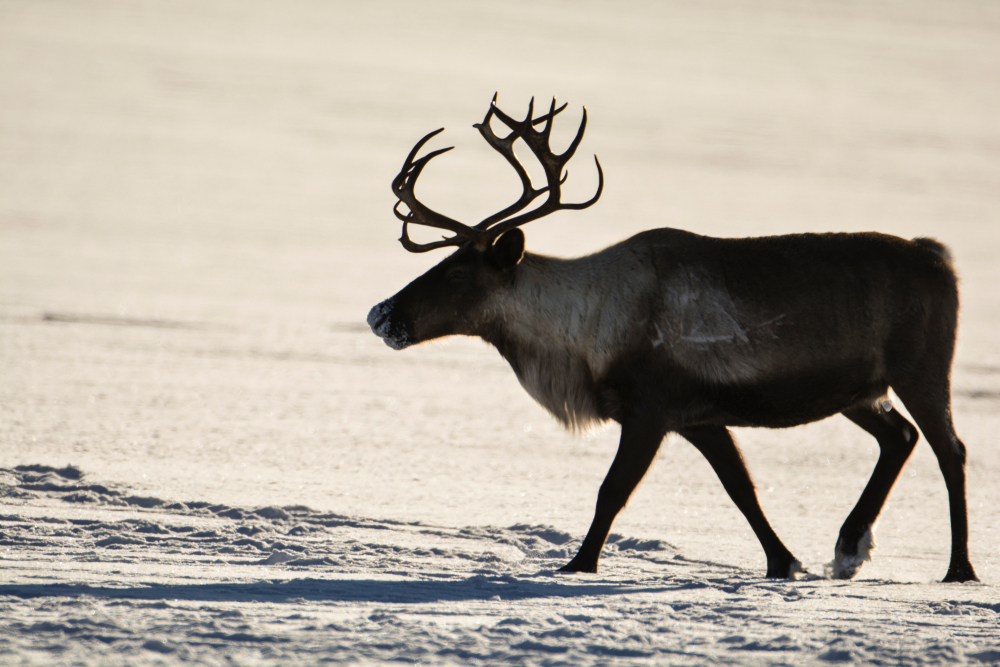The animal most similar to the reindeer (also known as caribou in North America) is the elk, also known as the wapiti. Both are members of the Cervidae family (the deer family) and share several similarities:
- Habitat: While reindeer are adapted to Arctic and Subarctic regions, both elk and reindeer inhabit forested areas and are capable of living in harsh climates.
- Diet: Both are herbivores, feeding primarily on grasses, leaves, and shrubs. Their diet changes seasonally depending on the availability of different plants.
- Migratory Behavior: Reindeer are known for their long migratory patterns, and some elk populations also undertake seasonal migrations to access different food sources or breeding grounds.
- Social Structure: Both species can form large groups or herds, which is particularly evident during migrations or in winter months.
- Antlers: Both male reindeer and elk grow antlers, which are shed and regrown annually. However, reindeer are unique in that both males and females grow antlers.
Despite these similarities, there are notable differences, such as the reindeer’s more pronounced adaptations for colder environments, including their thicker fur and broader hooves for traversing snow. Additionally, reindeer have a more significant role in the cultures of indigenous Arctic peoples compared to elk.


















